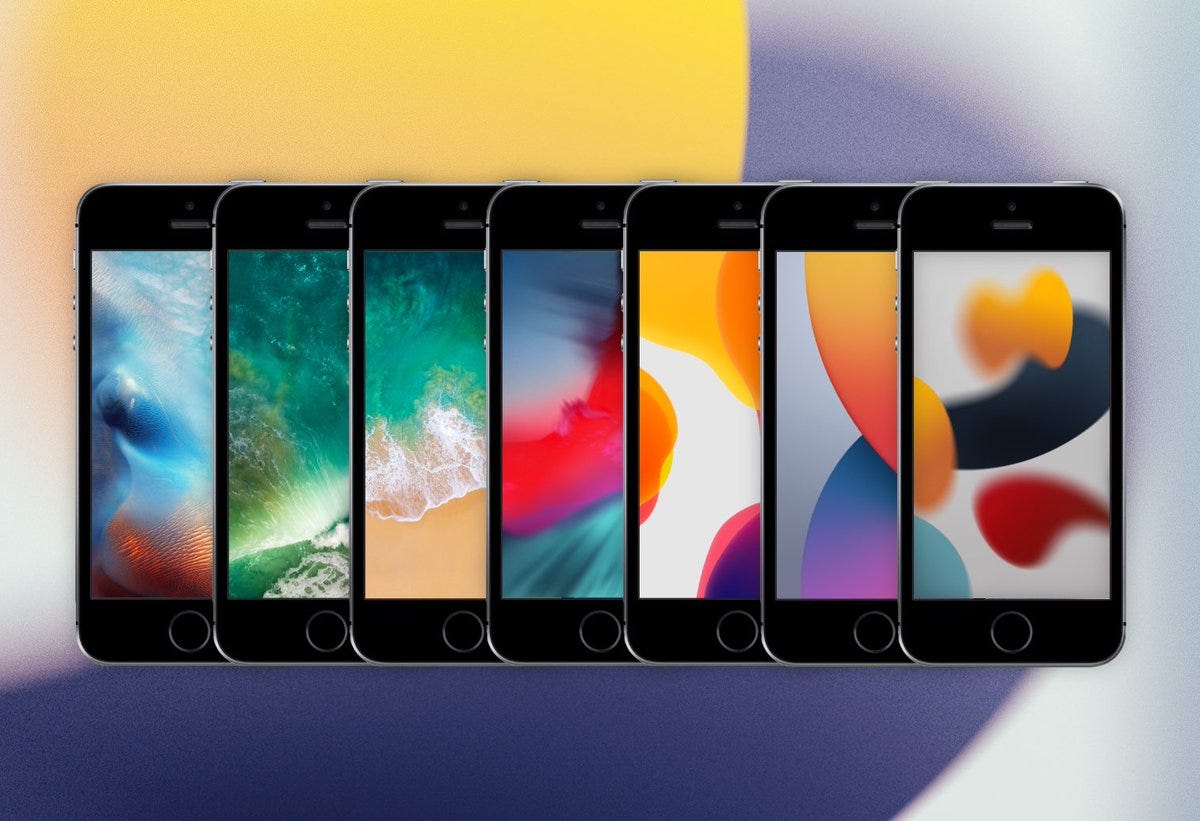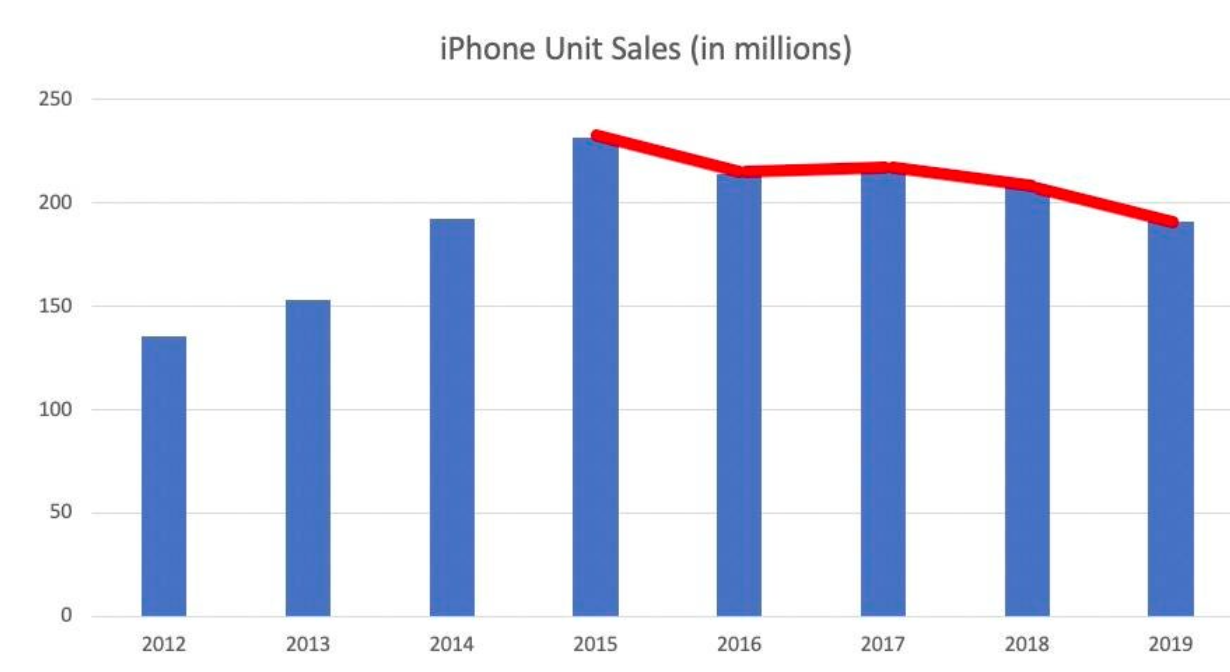
Apple introduced the iPhone 6s during their annual event in September of 2015. I got an iPhone 6s back in March of 2016. It’s 2022 now. The iPhone 6s continues to be supported with Apple’s latest software for iPhones — iOS 15. This makes the iPhone 6s the longest supported iPhone when it comes to software with up to 7 years of support (2015–2022) with 7 iOS versions starting from iOS 9 up to iOS 15.
So obviously the question arises — how much longer will Apple continue to support the iPhone 6s? Will it get the upcoming iOS 16 update? There have been reports and rumors floating around since November 2021 about the iOS 16 compatible devices list. These reports were correct and incorrect multiple times over the last 3 years about the lifespan of the iPhone 6s. So we are going to do something different today — we are going to look at past trends of Apple’s software support pattern and then dive into the technical nitty-gritty of the iPhone 6s’s A9 compared to later chips. All theories presented are at the end of the day just guesses as Apple is the only one who can answer whether the iPhone 6s will be supported in the WWDC’22 event in June.
The Logical Guess
These are patterns we have observed in the past with what Apple has done and formulate theories about what could happen next.
The “RAM” Theory
In the past, Apple has dropped support for older iPhones because of the RAM limitation. The iPhone 5s and iPhone 6 dropped support after iOS 12 and both had 1 GB of RAM. Apple also dropped support for 1GB RAM iPads and continues to support all 2GB RAM devices even those iPads having the A8x chip. Now the question is: Will Apple drop all 2GB RAM devices altogether?
Maybe Not. The 2GB RAM iPhones include not just iPhone 6s/6s Plus but also iPhone 7 and iPhone 8. The latter came out in 2017 and it would seem a bit off for Apple to drop support for it. But what if they do and support only 3GB RAM and above iPhones? That includes the iPhone 7 Plus and 8 Plus but it would again make no sense for them to not support iPhone 7 and 8 at the same time as the Plus models are just bigger display phones with minor upgrades over the normal ones launched in the same year. So dropping support for an iPhone while supporting the other Plus models that were launched in the same year would not make 100% sense as both were the flagships of their respective years.
If we go by this theory, the iPhone 6s might support iOS 16 and maybe even 17 or later depending on when Apple decided to cut support for iPhone 7 and 8.
The “S” Theory
This came to me while I was going through some Reddit and YouTube comments. The ‘S’ theory suggests that every S model iPhone that Apple launched has got an advantage over the previous year’s iPhone. This is just a pattern observed for the past 3 S model iPhones:
iPhone 3GS was the first to get 4 years of updates (iOS 3–6)
iPhone 4S was the first to get 5 years of updates (iOS 5–9)
iPhone 5S was the first to get 6 years of updates (iOS 7–12)
iPhone 6S might be… the first to get 7 years of updates (iOS 9–15)
If we go by this theory, 6s might lose support this year after all and not get iOS 16.
The “Core” Theory
This was observed only once and thus has the least precedence. iPhone 4S was the first iPhone to have a dual-core — one core higher than the previous year’s iPhone 4. iPhone 4 dropped support after iOS 7 while 4S was continued to be supported up till iOS 9 even though both had 512MB RAM (The RAM Theory failed here). Now, we have the iPhone 6s which is the last iPhone to have dual-core because the iPhone 7 came out with quad-core.
If we go by this theory, there is a good chance the iPhone 6S along with other dual-core iPhones will lose support. Could be with iOS 16 or maybe 17 or later.
The Technical Guess
This is the more slightly technical part of the post where we discuss how iPhone 6S’s A9 chip is different or not-so-different from the later chips.
A9 Vs A10 and Later
When we talk about the iPhone 6s with its A9 chip we have to do a quick comparison with the A10 Chip in iPhone 7/7 Plus. Of course, there is the quad-core CPU that the A10 chip manages but apart from this, there are not many differences between A9 and A10. One minor difference is the h264 encoding A9 has and h265 encoding A10 supports. Again, the A9 can do h265 decoding with hardware-assisted software decoding. Apple might cut off A9 Devices if they feel their developers don’t need to support h254 pipelines anymore.
Also some neural network features could be implemented by A9’s GPU however if Neural Engines are to be made the baselines then even the dual-core A10 Fusion loses support, which I don’t think will be happening because the latest iPod Touch that came out in 2019 had the A10 Fusion chip.
And if AI is becoming a huge part of iOS and its features (like Siri Suggestions and notifications) then the next big GPU upgrade lies with the hexa-core A11 chip (iPhone 8 and above). Again, the A10 losing support so fast seems ridiculous because of the aforementioned reasons.
Legacy of Form factors
Back in 2010, when iPhone 4 came out — it was just one model with two color options. In 2014, iPhone 6 got a plus one — the iPhone 6 Plus (pun intended). In 2019, we had three iPhone models of different sizes. And finally, in 2020, Apple launched 4 flagship iPhones in varying sizes. Now here’s the deal — maintaining support for all these various form factors is not easy. Apple has never expressed any concern about this in the past but it is a difficult job for developers to develop and maintain software support for varying form factors especially as each one gets older and less efficient to maintain. When chipsets get old, it is the aforementioned logical theories that come into play.
Since the iPhone SE (2020) had the same form factor as the iPhone 6/6s/7/8, I think Apple is okay with developing software for these form factors. If they decide to develop and maintain software support for all these form factors together till the end then I believe iPhone 6s will be the luckiest one out there!
The “Apple Watch” sync paradox
Ok, it’s no paradox. It’s just that you cannot update your Apple Watch unless your iPhone is also updated with the latest iOS software i.e watchOS 7 requires iOS 14 on iPhone and watchOS 8 would require you to first update your iPhone from iOS 14 to 15. Without this sync between watchOS and iOS, you cannot successfully pair your Apple Watch with your iPhone.
Since iPhone 6s was the first iPhone model to support Apple Watch compatibility — we have to question how Apple is going to move forward with this? There are a lot of iPhone 6s users still out there with not-so-old Apple Watches. If Apple really wants to drop support for 6s, they would have to come up with an alternative to make Apple Watch update possible without an iPhone update.
Okay, so these are all the logical and technical analyses we did for guessing as to whether the iPhone 6s could get iOS 16 and beyond. But you may be wondering, why does it matter? Why is the iPhone 6s so important? The answer comes through a bar graph that I would like to credit ZDNET for making and writing about:

The iPhone 6s launched in 2015 — the year that Apple sold more than 200 million iPhone units. There is no coincidence when we realise why the iPhone 6s got such long software support (and probably the iPhone 7 and 8 too). Again, everything doesn’t always have to be numbers. The iPhone 6, though selling a lot compared to previous models, ended support in 2019 after 5 sweet years of updates.







0 Comments